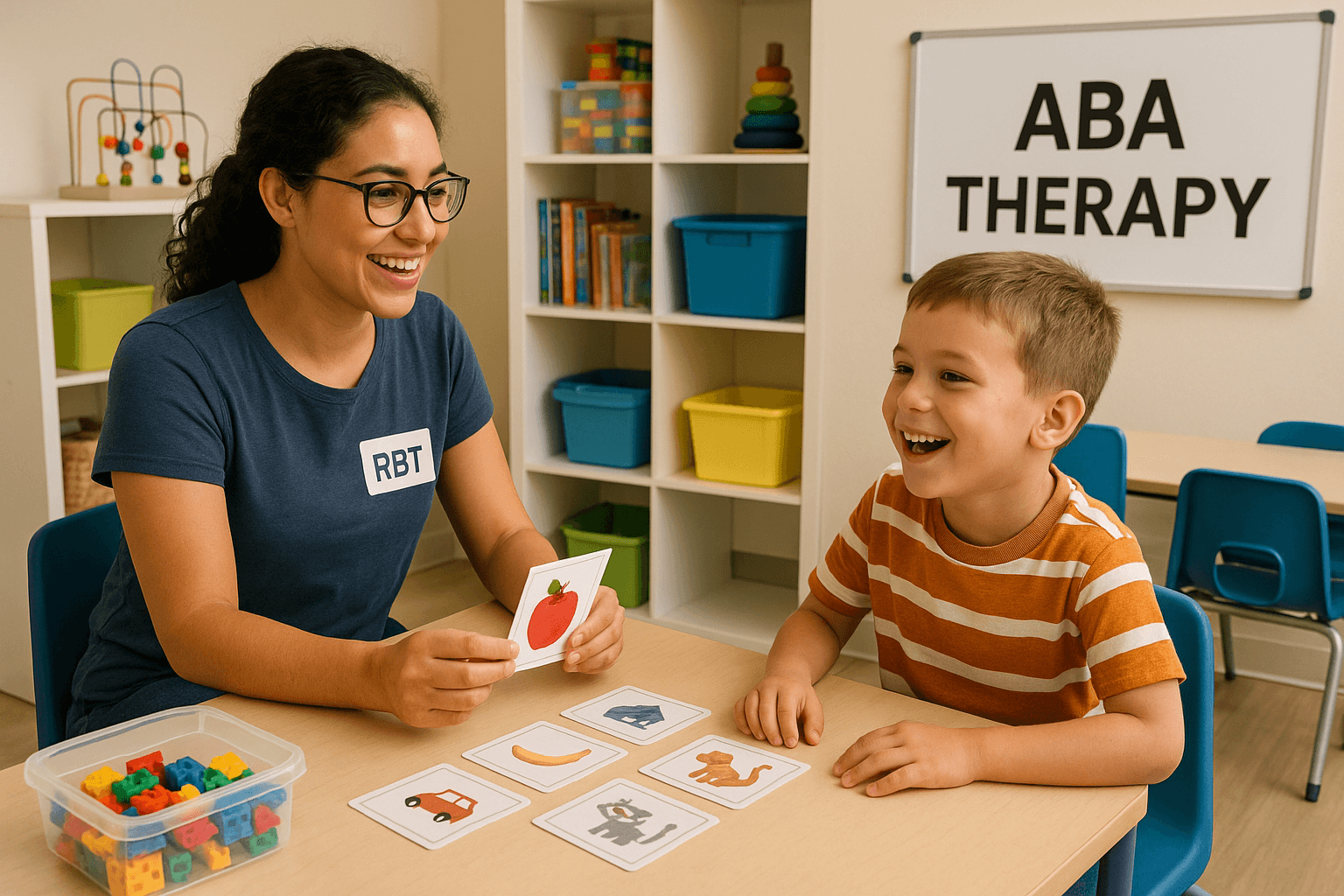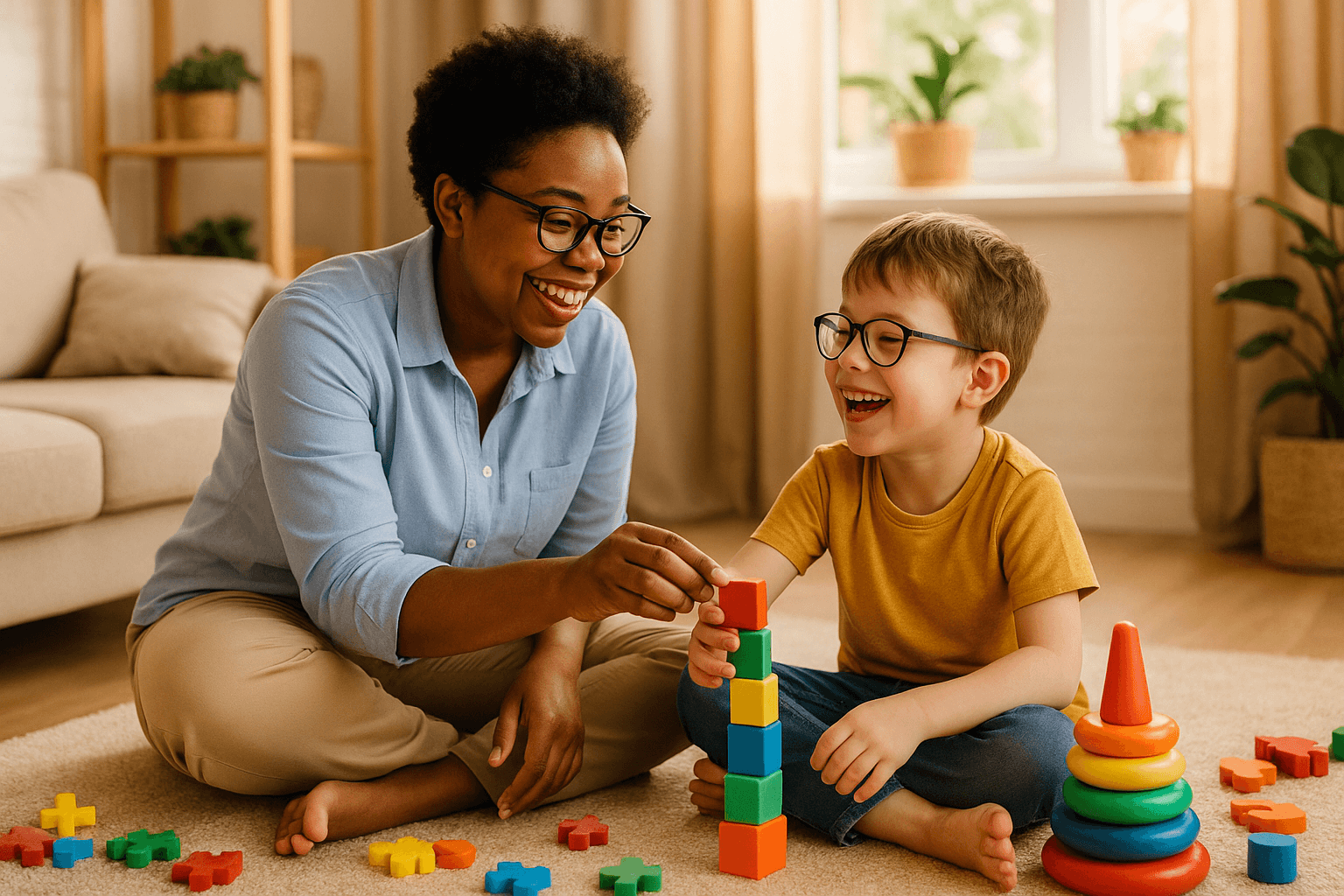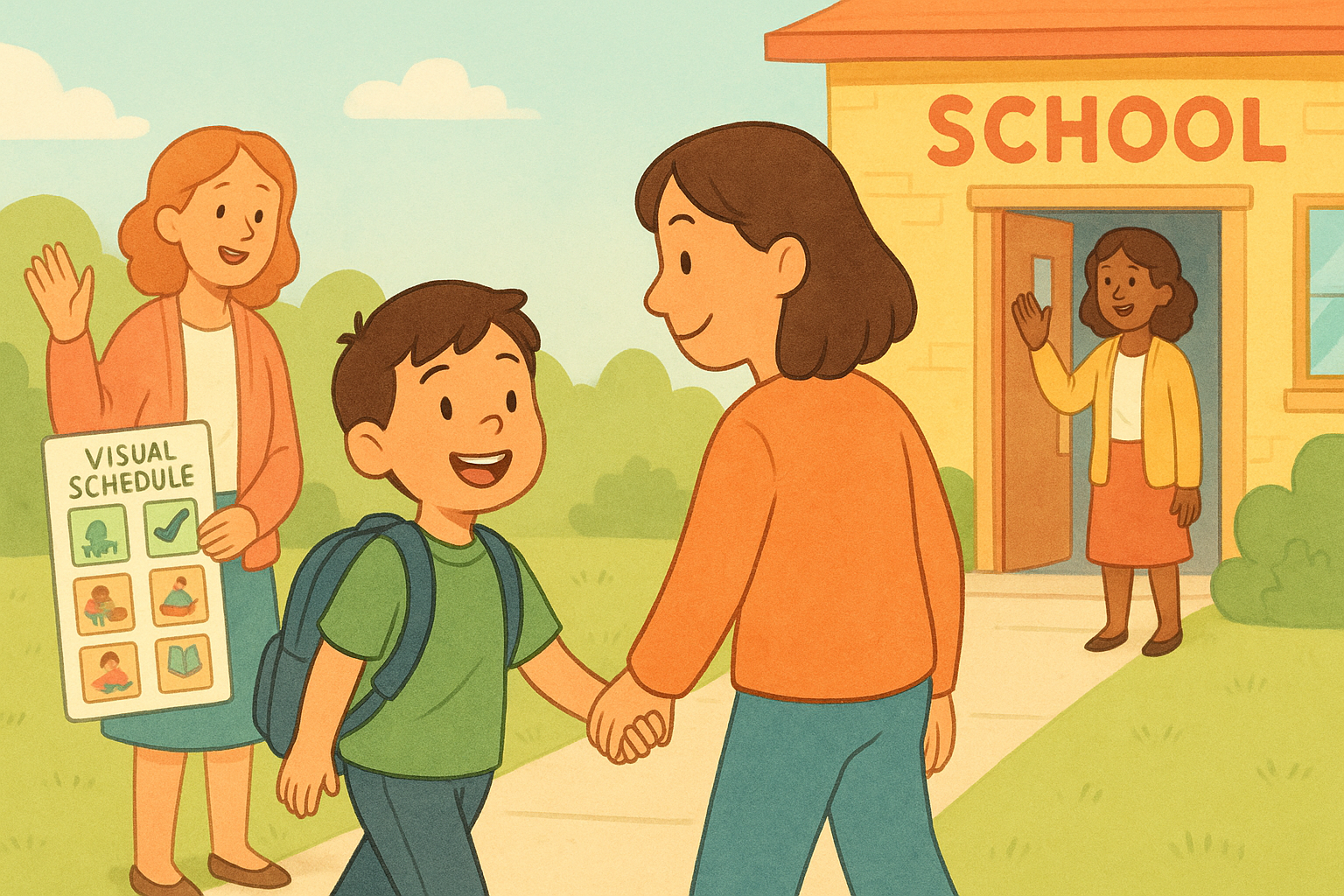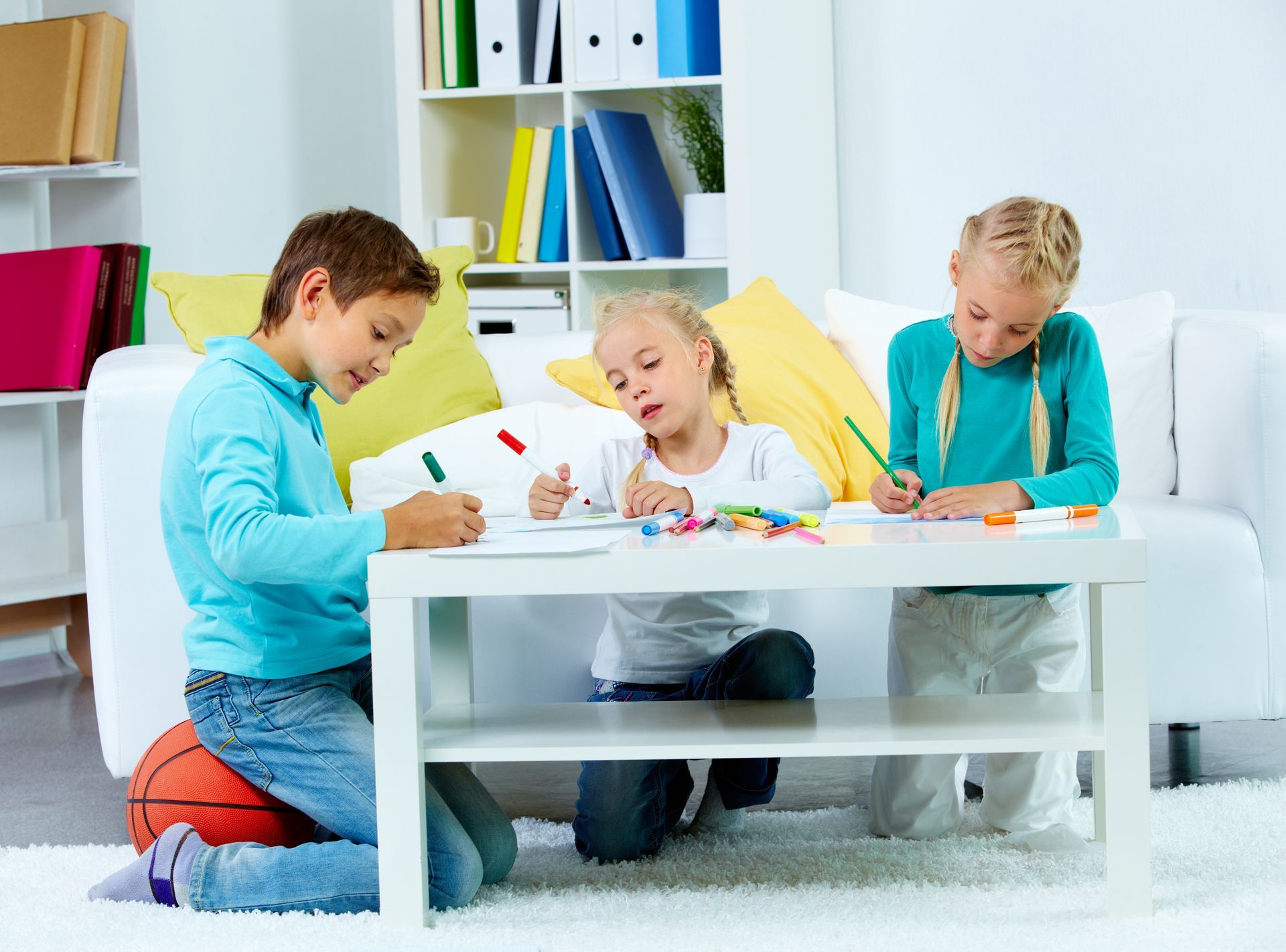Locating Autism Therapists Near Me: A Comprehensive Guide
In the vibrant community of Riverside, San Bernardino, and Imperial Counties finding the right autism therapist near you is a crucial step in the journey towards improving the lives of individuals with autism.
Whether you're a parent seeking support for your child or an individual looking for therapy options, this comprehensive guide is designed to assist you in locating the perfect autism therapist who can provide the customized care you need.
In this article, we will explore the world of autism therapy services, local autism support, nearby autism treatment options, and the vital role of certified autism therapists.
Along the way, we'll delve into autism therapy costs, evaluating therapy qualifications, family support, and share inspiring success stories.
Let's embark on this journey together, as we unlock hope and understanding for those in need.
What is autism therapy, and how can it benefit individuals with autism?
Autism therapy, also known as Applied Behavior Analysis (ABA) therapy, is a specialized approach aimed at improving social, communication, and behavioral skills in individuals with autism.
It benefits individuals by providing them with strategies to navigate the challenges associated with autism spectrum disorders (ASD).
By focusing on personalized interventions, autism therapy helps individuals lead fulfilling lives.
Where to find autism therapists near you
Finding an autism therapist near you in Riverside, San Bernardino, and Imperial Counties is a crucial step.
Start by consulting local directories, asking for recommendations from your child's school, or reaching out to autism support groups.
Many qualified therapists operate in your area, and they are often connected to broader networks specializing in autism therapy.
Qualifications and certifications to look for in an autism therapist
When searching for an autism therapist, it's essential to consider their qualifications and certifications.
Look for therapists who are Board Certified Behavior Analysts (BCBAs) or licensed professionals with experience in autism therapy.
These credentials ensure that the therapist has the necessary skills and expertise to provide effective treatment.
Different types of therapy available for autism, and how to finding the suitable one
Autism therapy near me offers various approaches tailored to the individual's needs.
Applied Behavior Analysis (ABA), speech therapy, occupational therapy, and social skills training are some common options.
The choice of therapy depends on your loved one's specific challenges and strengths.
A qualified therapist will assess and recommend the most suitable therapy.
How to assess the credentials and expertise of autism therapists in your area
Evaluating the credentials and expertise of autism therapists is crucial to finding the right fit.
Start by checking their qualifications and certifications.
Additionally, ask for references and inquire about their experience working with individuals with autism.
A reputable therapist will be more than willing to provide this information.
Insurance options or financial assistance programs available for autism therapy
Financing autism therapy can be a concern for many families.
Fortunately, some insurance plans cover autism therapy near me services.
Additionally, government-funded programs and nonprofit organizations offer financial assistance to eligible individuals.
It's essential to explore these options to ensure your loved one receives the necessary care.
Questions to ask when contacting a potential autism therapist
When reaching out to potential autism therapists, prepare a list of questions to assess their suitability.
Inquire about their approach to therapy, the duration of sessions, and their availability.
Don't hesitate to ask about their success stories and how they tailor their services to meet individual needs.
Typical cost of autism therapy
The cost of autism therapy can vary depending on several factors, including the type of therapy, duration of sessions, and location.
ABA therapy, for instance, is often intensive and may involve higher costs.
However, some therapists offer sliding scale fees or payment plans to make therapy more affordable.
It's essential to discuss pricing and available options with potential therapists.
Preparing your child or family member for their first session with an autism therapist
Preparing your loved one for their first session with an autism therapist is crucial to ensure a smooth transition.
Share information about what to expect during the session, and if possible, introduce your child to the therapist in advance.
Creating a comfortable and familiar environment can help reduce anxiety and ensure a successful first session.
Conclusion
In the quest to find an autism therapist near you in Riverside, San Bernardino, and Imperial Counties, you hold the key to unlocking hope and a brighter future for individuals with autism.
With this comprehensive guide, you are now equipped with the knowledge to navigate the journey of autism therapy services, from finding the right therapist to understanding qualifications, therapy options, and financial considerations.
Remember that every individual with autism is unique, and with the support of certified therapists, you can make a significant impact on their lives.
Embrace the journey, celebrate the successes, and continue to seek the best possible care for your loved one with autism.
FAQs
What is autism therapy, and how can it benefit individuals with autism?
Autism therapy, also known as Applied Behavior Analysis (ABA) therapy, is a specialized approach aimed at improving social, communication, and behavioral skills in individuals with autism. It benefits individuals by providing them with strategies to navigate the challenges associated with autism spectrum disorders (ASD). By focusing on personalized interventions, autism therapy helps individuals lead fulfilling lives.
Where can I find autism therapists near my location?
Finding an autism therapist near you in Riverside, California, is a crucial step. Start by consulting local directories, asking for recommendations from your child's school, or reaching out to autism support groups. Many qualified therapists operate in your area, and they are often connected to broader networks specializing in autism therapy.
What qualifications and certifications should I look for in an autism therapist?
When searching for an autism therapist, it's essential to consider their qualifications and certifications. Look for therapists who are Board Certified Behavior Analysts (BCBAs) or licensed professionals with experience in autism therapy. These credentials ensure that the therapist has the necessary skills and expertise to provide effective treatment.
What are the different types of therapy available for autism, and which one is suitable for my loved one?
Autism therapy offers various approaches tailored to the individual's needs. Applied Behavior Analysis (ABA), speech therapy, occupational therapy, and social skills training are some common options. The choice of therapy depends on your loved one's specific challenges and strengths. A qualified therapist will assess and recommend the most suitable therapy.
How can I assess the credentials and expertise of autism therapists in my area?
Evaluating the credentials and expertise of autism therapists is crucial to finding the right fit. Start by checking their qualifications and certifications. Additionally, ask for references and inquire about their experience working with individuals with autism. A reputable therapist will be more than willing to provide this information.
Are there any insurance options or financial assistance programs available for autism therapy?
Financing autism therapy can be a concern for many families. Fortunately, some insurance plans cover autism therapy services. Additionally, government-funded programs and nonprofit organizations offer financial assistance to eligible individuals. It's essential to explore these options to ensure your loved one receives the necessary care.
What questions should I ask when contacting potential autism therapists?
When reaching out to potential autism therapists, prepare a list of questions to assess their suitability. Inquire about their approach to therapy, the duration of sessions, and their availability. Don't hesitate to ask about their success stories and how they tailor their services to meet individual needs.
What is the typical cost of autism therapy, and are there any cost-effective options?
The cost of autism therapy can vary depending on several factors, including the type of therapy, duration of sessions, and location. ABA therapy, for instance, is often intensive and may involve higher costs. However, some therapists offer sliding scale fees or payment plans to make therapy more affordable. It's essential to discuss pricing and available options with potential therapists.
How can I prepare my child or family member for their first session with an autism therapist?
Preparing your loved one for their first session with an autism therapist is crucial to ensure a smooth transition. Share information about what to expect during the session, and if possible, introduce your child to the therapist in advance. Creating a comfortable and familiar environment can help reduce anxiety and ensure a successful first session.











